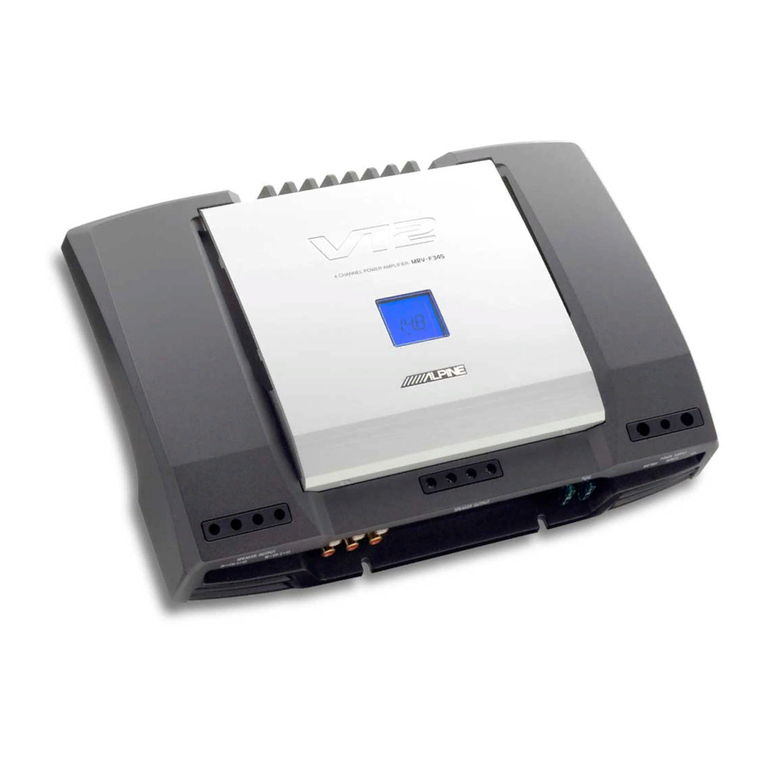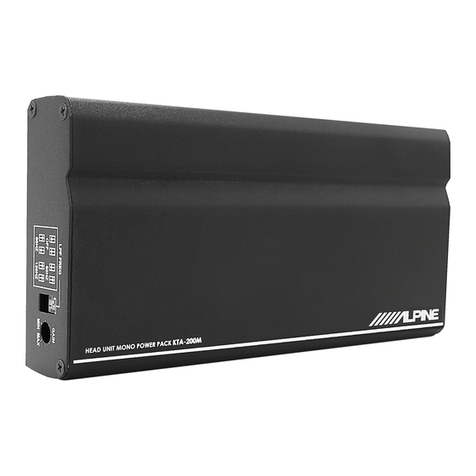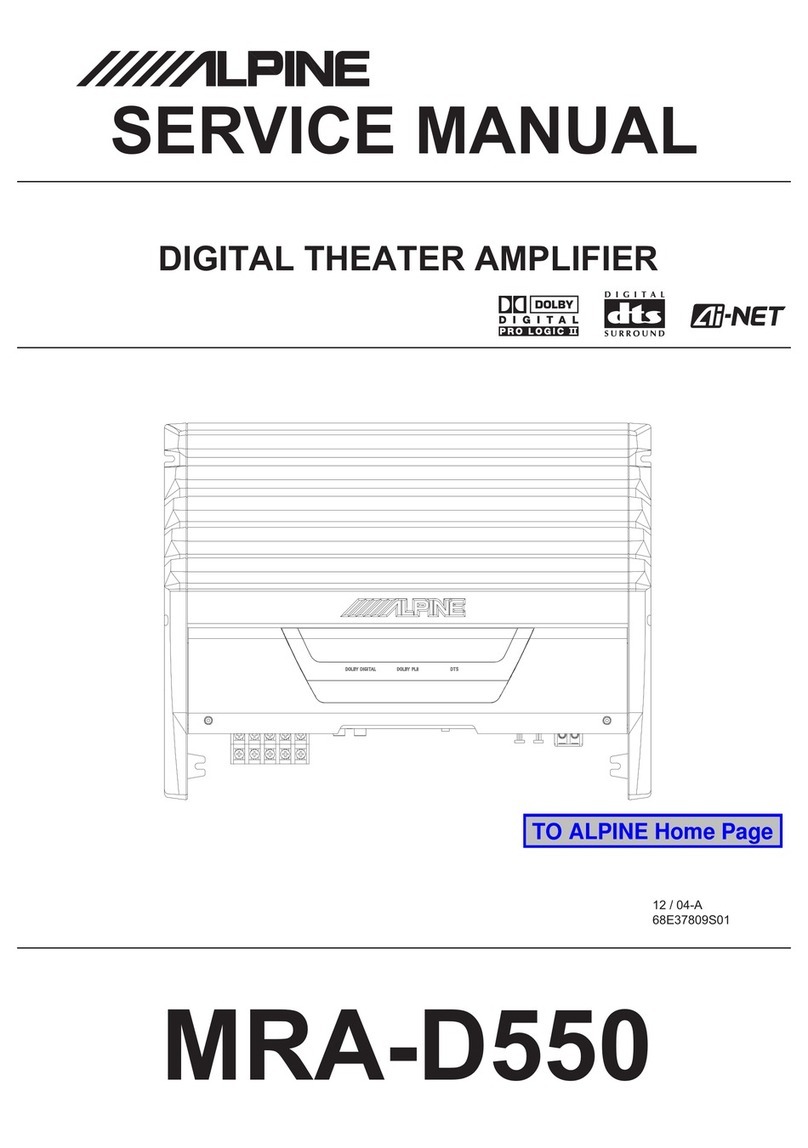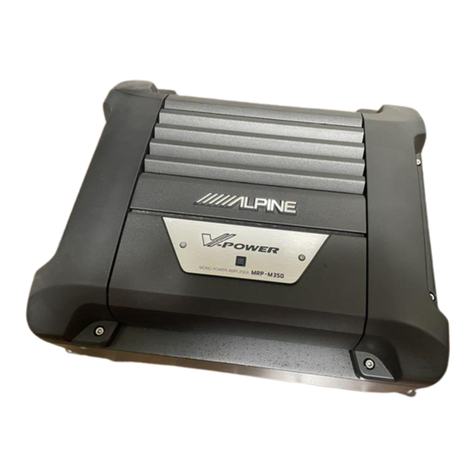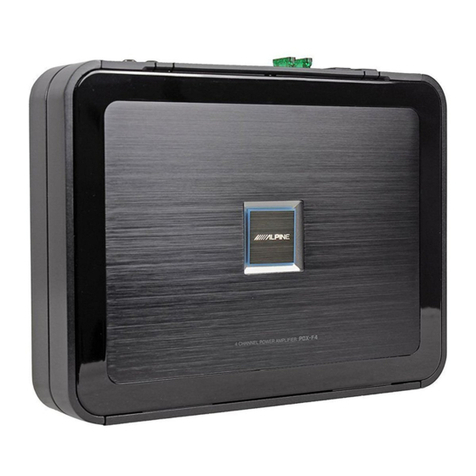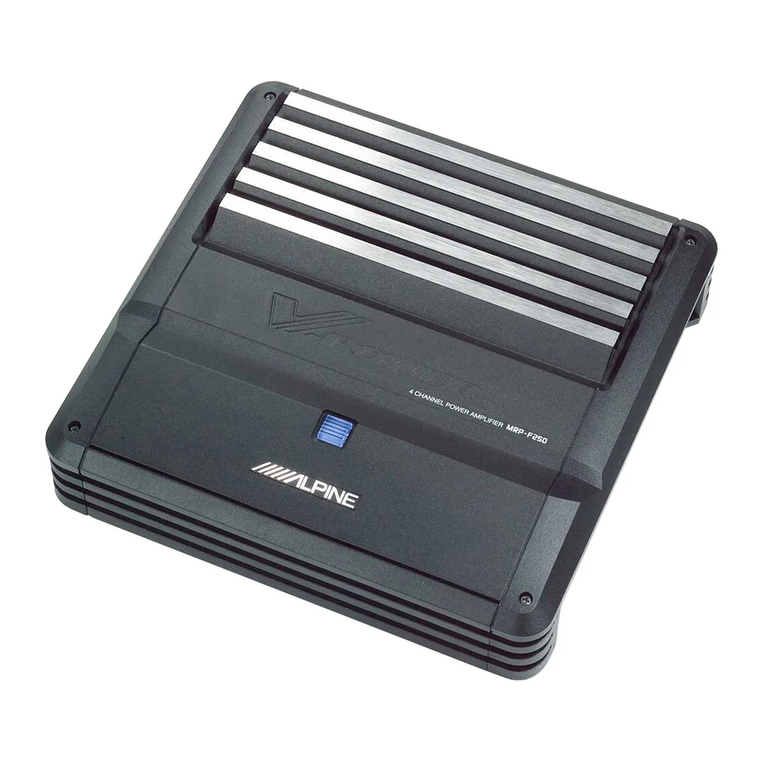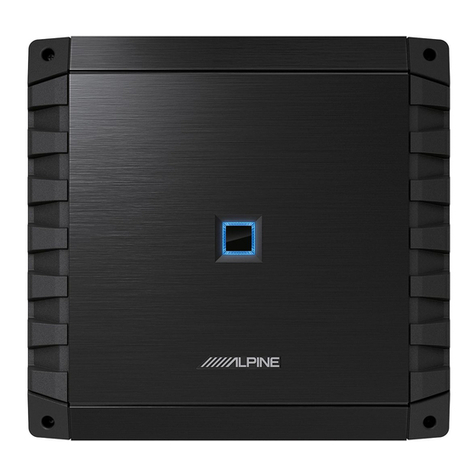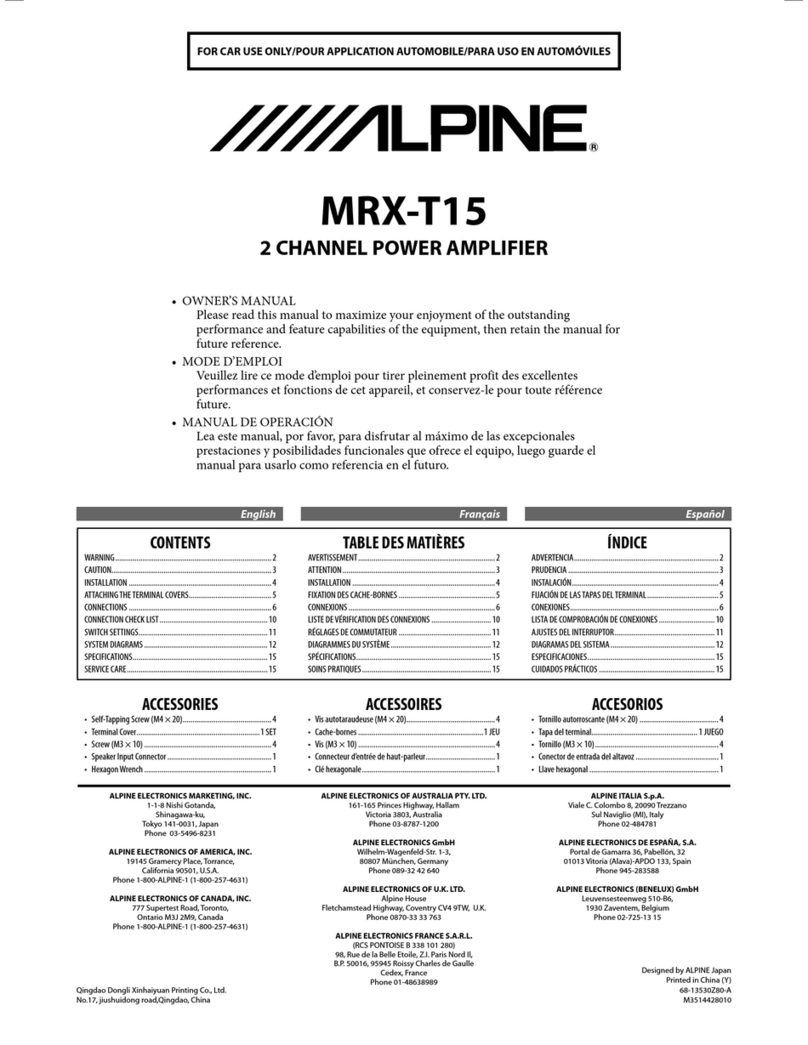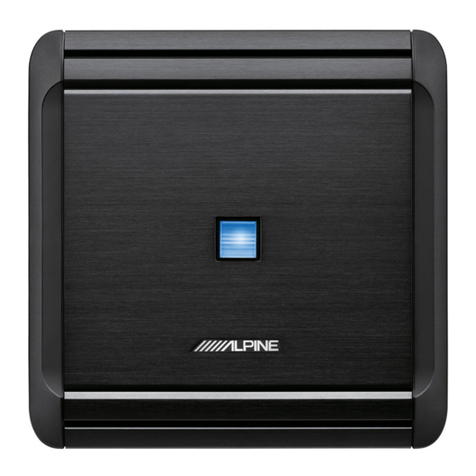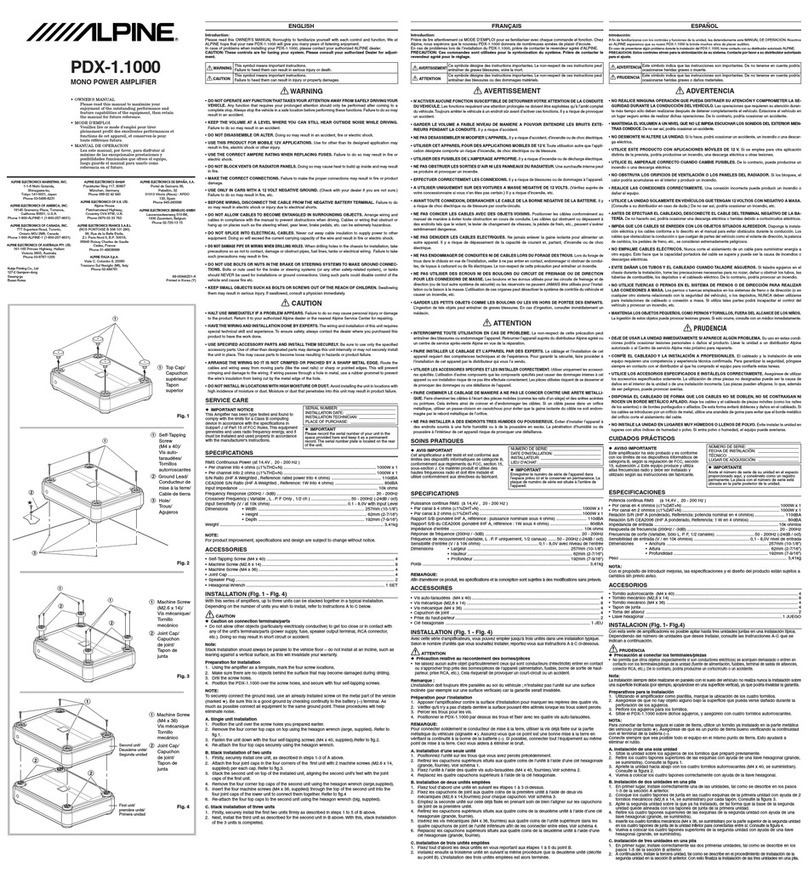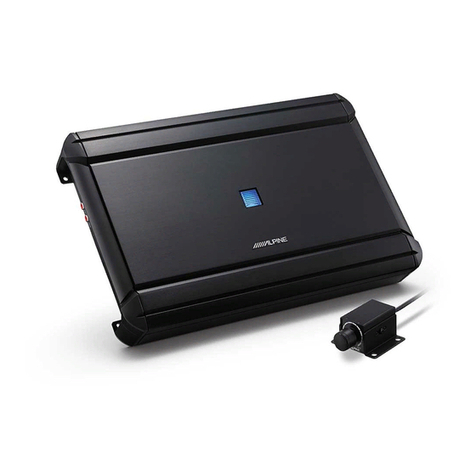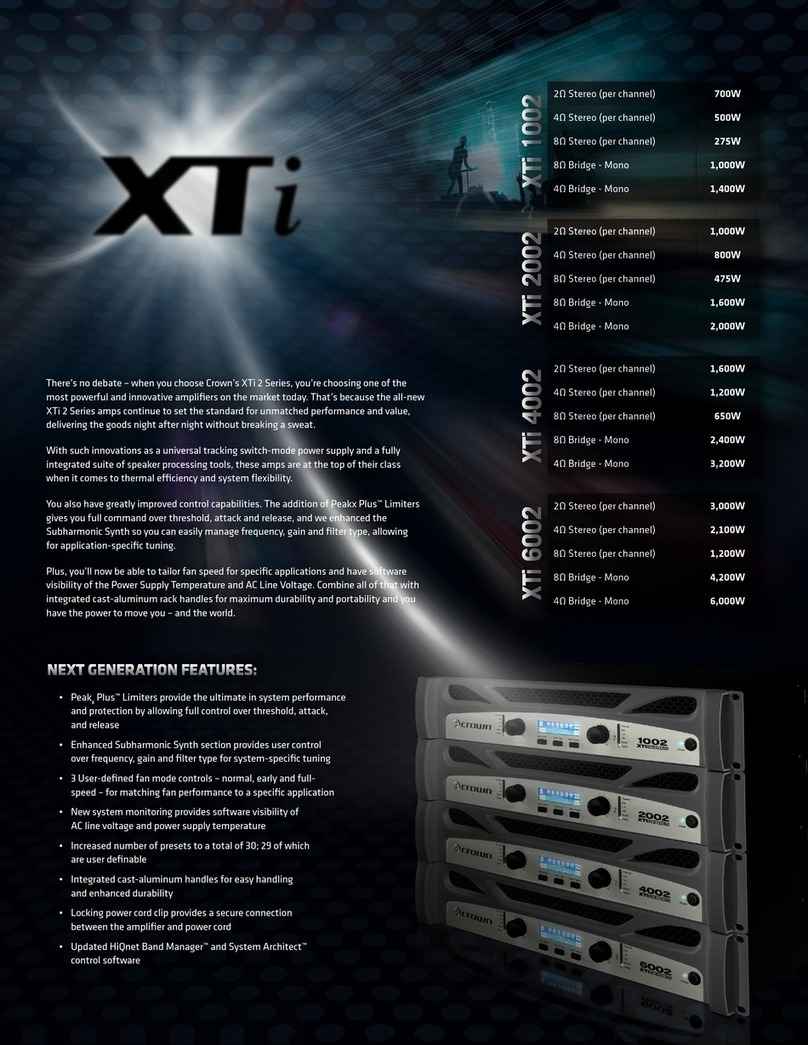
@
=
Fig.
1/Abb.
1
SWITCHES
AND
TERMINALS/SCHALT
NSCHLUSSE/COMMUTATEURS
ET
BORNES/INTERRUTTORI
E
TERMINALIANTERRUPTORES
Y
TERMINALES/OMKOPPLARE
OCH
ANSLUTNINGAR
@
Fig.
2/Abb.
2
INSTALLATION/EINBAU/INSTALLATION/INSTALLAZIONE/INSTA\
@
>
Fig
BIADB.
B28
tee
eed
hoo
bese
ene
ccc
tess
ba
basd
ncopsthcseste
vend
sven
sbtpvedivcvasibaviee
tdteaartch
sued?
stones
eee
siyuacrutean
eat
4
CONNECTIONS/ANSCHLUSSE/CONNEXIONS/COLLEGAMENTI/CONEXIONES/ANSLUTNINGAR
@
=
Fig.
4-6/Abb.
4-6
TYPICAL
SYSTEM
CONNECTIONS/TYPISCHE
SY:
CHLUSSE/CONNEXIONS
TYPIQUES
DU
SYSTEME/
SISTEMI
TIPICI
Di
COLLEGAMENTO/SISTEMA
TIPICO
DE
CONEXIONES/TYPISKA
SYSTEMANSLUTNINGAR
“ENGLISH"
INTRODUCTION
..
FEATURES.
SWITCHES
AND
TERMINALS
..
PRECAUTIONS
......
eee
a
10
CONNECTIONS
...
INSTALLATION
....
SWITCH
SETTINGS
.
SPECIFICATIONS
....
“DEUTSCH"
EINFUHRUNG
MERKMALE
....
SCHALTER
UND
ANSCHLUSSE
..
VORSICHTSMASSNAHMEN
.
ANSCHLUSSE
EINBAU
SCHALTER-EINSTELLUNG
...
TECHNISCHE
DATEN
"FRANCAIS"
INTRODUCTION
..........
CARACTERISTIQUES
.
COMMUTATEURS
ET
BORNES
.........
PRECAUTIONS
..
CONNEXIONS
.
INSTALLATION
..
REGLAGE
DES
COMMUTATEURS
.
SPECIFICATIONS
"ITALIANO"
INTERRUTTORI
E
TERMINALI
PRECAUZIONI
COLLEGAMENTI
.
INSTALLAZIONE
....
REGOLAZIONE
DEGLI
INTERRUTTORN
Shee
asic
ieeaiiaw
none,
56,
57
SRECIFICAZION
o.55
cvcitd
eee,
ercshaenbaseanciee
ante
eace,
58
"ESPANOL"
INTRODUCCION
CARACTERISTICAS
....
INTERRUPTORES
Y
TERMINALES
..
PRECAUCIONES
CONEXIONES
INSTALACION
..
AJUSTE
DE
INTERRUPTORES
..
ESPECIFICACIONES
"SVENSKA"
INTRODUKTION
...
EGENSKAPER
........
OMKOPPLARE
OCH
ANSLUTNING
FORSIKTIGHETSATGARDER
.......0......
ANSLUTNINGAR
..
INSTALLATION
OMKOPPLARPOSITIONER
SPECIFIKATIONER
@
CHARACTERISTIC
CURVES/CHARAKTERISTISCHE
ENTZERRERKURVEN/COURBES
CARACTERISTIQUES/
CURVE
CARATTERISTICHE/CURVAS
CARACTERISTICAS/FREKVENSKURVOR
@
SYSTEM
CHARTS/SYSTEMAUFBAU/DIAGRAMMES
DU
SYSTEME/DISPOSIZIONI
DEL
SISTEMA/
DIAGRAMAS
DEL
SISTEMA/SYSTEM-OVERSIKT
...........

